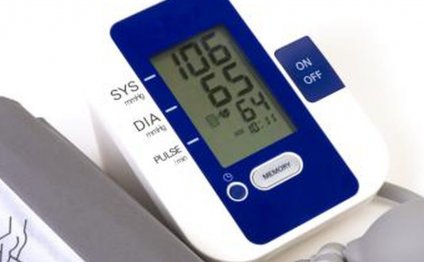
How to check Blood pressure with cuff?
Your blood pressure can be taken with a mercury blood pressure gauge, an aneroid manometer, or an electronic device for measuring the blood pressure, as long as the device has been recently calibrated and validated. With rare exceptions, blood pressure gauges found in supermarkets or pharmacies aren't properly maintained and shouldn't be used.
Following a few simple rules is important to get an accurate reading:
- First, don't smoke or drink alcohol or coffee within 15 minutes of a blood pressure measurement.
- Second, the length of the bladder on the device should be 80 percent of the circumference of the upper arm. This means that heavy or very muscular people with thick arms need a larger bladder, while children need a smaller bladder.
- Third, your posture is important. Sit with your back supported and your elbow at about the level of your heart with your arm supported. Your legs should not be dangling. It's better if you rest for several minutes in that position before the measurement. Don't talk during the measurement.
To take the reading, follow these steps:
1. Leaving the cuff's lower edge about an inch above the bend of the elbow, place the cuff over your bare arm, close the cuff around the arm, and then stick the Velcro together at the ends of the cuff.
2. Place the earpieces of the stethoscope in your ears and place the stethoscope bell at the side of the cuff away from your heart and over the brachial artery, which is found in the inner area of your bent elbow.
The stethoscope, a convenient device to listen for sounds at various body sites, has a point of contact known as the stethoscope's bell. The two earpieces at the other end of the stethoscope enable the individual taking the measurement to hear the steady "thump" in the brachial artery.
3. Tighten the screw at the side of the rubber bulb and squeeze the bulb.
Air is pumped into the bulb, and thus the cuff expands.
4. The cuff is inflated until the blood flow through your brachial artery stops.
With sufficient compression, the cuff cuts off blood flow through the artery, and no sound is heard in the stethoscope. The pressure in the cuff is increased rapidly to 30 millimeters of mercury above the point that no blood flow is taking place through the cuff when no sound can be heard in the stethoscope or when a pulse can no longer be felt in the wrist.
5. Turn the screw again to loosen the valve in the bulb and to lessen the air pressure.
Pressure is then decreased so that the rate of drop is 2 millimeters per second. When the pressure falls to the point that blood begins to flow through the artery again, the number that the column of mercury has risen to at the first sound heard in the stethoscope is the systolic blood pressure (SBP), the first number in the blood pressure reading
6. Look at the column of mercury to see the number at that pressure point.
7. When the cuff decompresses to the point that blood flows freely in the artery, the sound is no longer heard in the stethoscope.
RELATED VIDEO



Share this Post
Related posts
What is used to Check blood pressure?
Blood pressure is the force exerted by your blood against your arteries. As your heart pumps, it forces blood out through…
Read MoreBlood pressure Checking Machine
Steps Part 1 Setting Up the Equipment Sit down and open the blood pressure testing kit. Sit down at a table or desk where…
Read More











